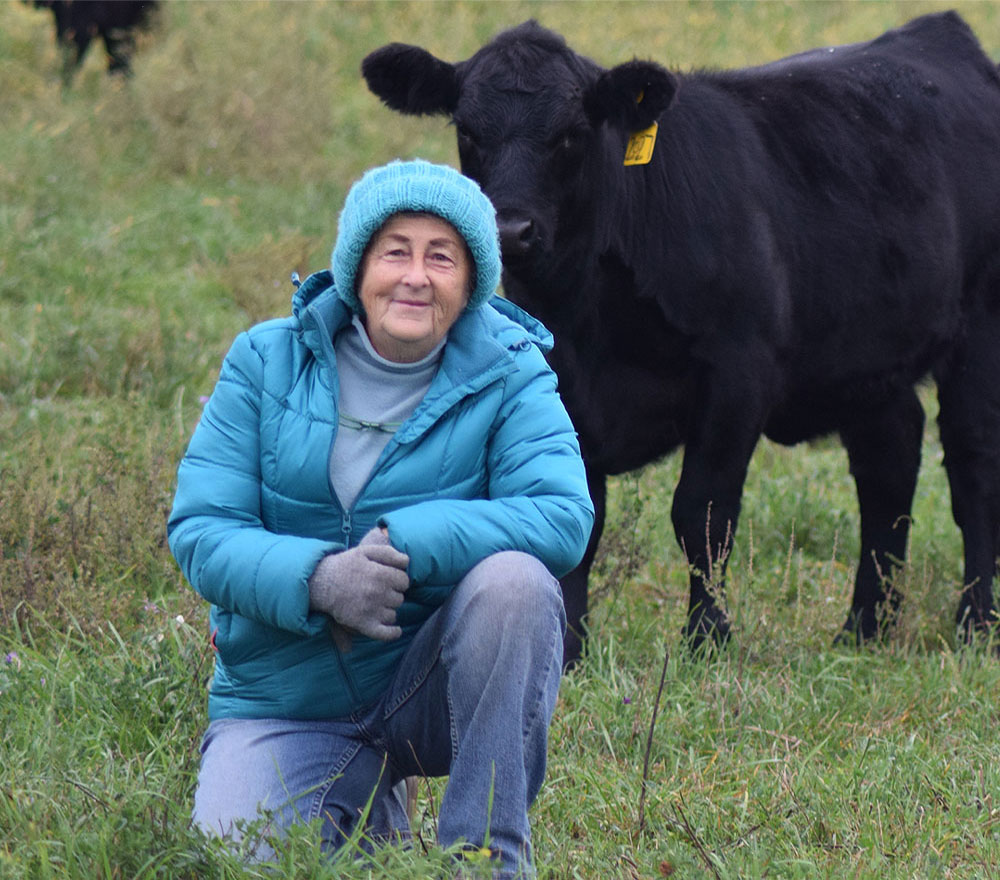By Helen Kees
This past year at Wheatfield Hill Organics in Durand, Wisconsin, 45 cows and their calves spent five months working on climate change. From May to October, this herd performed a simple act: They grazed certified organic pastures that provided 100% of their diet.
This act provided economic support and security to the farm family hosting them, as evidenced by calf weights of 600 pounds at October weaning and fleshy, high-yielding cows at slaughter.
Another benefit of utilizing pasturing is that atmospheric carbon dioxide, a major component in climate change, is taken in through the plants’ leaves. Over time, this carbon is moved into the soil.
In the springtime, grasses and other plants in the pasture experience a spurt of vegetative growth and then, if not harvested, essentially cease cell division and stagnate in a senescent, or mature, stage. Through grazing, the cows grant the pasture a “perpetual fountain of youth,” keeping the plants actively growing, while enabling carbon sequestration in the soil.
What do the cows eat during the seven months when pastures are dormant? Wheatfield boasts a closed-loop system, producing all other feed inputs for the cows—minus supplemental salt, mineral, vitamins, and kelp—on farm.
During the same season cows are grazing pastures, while evenly spreading their own manure and maintaining biodiverse plant communities, Wheatfield farmers are busy harvesting alfalfa haylage bales from other fields. Three to four times over the course of the growing season, they mechanically simulate the effect of cattle grazing in their pastures. Last year, the cows consumed 296 of these 2,000-pound bales during the off-season.
Keeping inputs close to home has both local and global benefits. Over the course of 2020, 45 cows fulfilled 100% of their dietary needs with grasses and legumes grown on soil that was not disturbed by tillage. Undisturbed soil, covered with growing plants, sequesters carbon. Pasturing cattle during the growing season and feeding perennial forages during the off-season enable carbon to be safely stored in the soil bank.
The marketplace determines whether these practices flourish. Your purchase of certified organic, grass-fed beef sustains an intricate and vibrant agricultural system that helps heal, rather than harm, the Earth.


